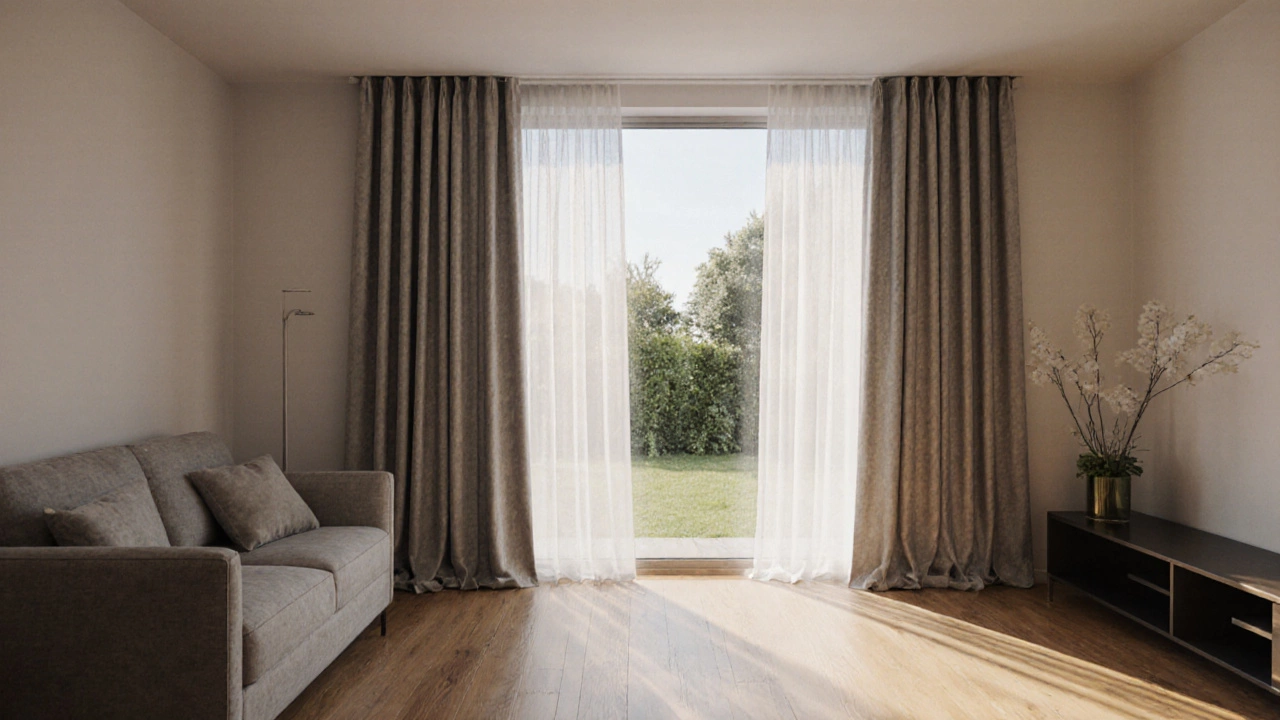Window Curtains: Types, Benefits, and How to Choose Eco-Friendly Options
When you think of window curtains, fabric panels hung over windows to control light, privacy, and temperature. Also known as drapes, they’re one of the most practical and overlooked tools for making a home more energy efficient and comfortable. Most people buy them for looks alone, but the truth is, the right curtains can cut heating and cooling costs by up to 25%. That’s not just saving money—it’s cutting waste, reducing your carbon footprint, and making your home feel better year-round.
Not all window curtains are created equal. The material matters more than you think. cotton, a natural fiber grown without synthetic pesticides when sourced organically. Also known as organic cotton, it’s breathable, biodegradable, and easy to clean without harsh chemicals. linen, made from flax plants that need little water and no pesticides. Also known as flax fabric, it’s durable, naturally insulating, and gets softer with every wash. Even bamboo, a fast-growing plant turned into soft, moisture-wicking fabric. Also known as bamboo rayon, it’s a smart alternative to synthetic polyester, which sheds microplastics every time you wash it. Avoid polyester, acrylic, and nylon unless they’re recycled—most are made from oil and take centuries to break down.
How you hang them matters too. Heavy, floor-length curtains with a tight seal around the window frame trap air and act like insulation. That’s why blackout lining isn’t just for sleep—it’s a thermal barrier. Look for curtains with thermal backing made from natural rubber or recycled cotton, not plastic films. And don’t forget the rod: wood or bamboo rods are better than metal or plastic, especially if they’re FSC-certified. Even small choices like these add up.
Window curtains also affect your mental space. Light control reduces glare and eye strain. Thick curtains muffle outside noise, making your home quieter and calmer. In winter, they keep warmth in. In summer, they block heat before it even enters. It’s not magic—it’s simple physics, made easy with the right fabric and fit.
Below, you’ll find real guides on picking the best materials, understanding how curtains affect energy use, and even how to clean them without toxic detergents. No fluff. Just clear, practical advice from people who’ve tested these products in real UK homes. Whether you’re renting, renovating, or just tired of high bills, there’s something here that’ll help you make smarter choices—for your wallet and the planet.
-

How Close to the Floor Should Curtains Hang? Perfect Length Guide for Every Room
Learn the perfect curtain length for every room-from just above the floor to elegant pooling. Avoid common mistakes and get a polished look without the hassle.
